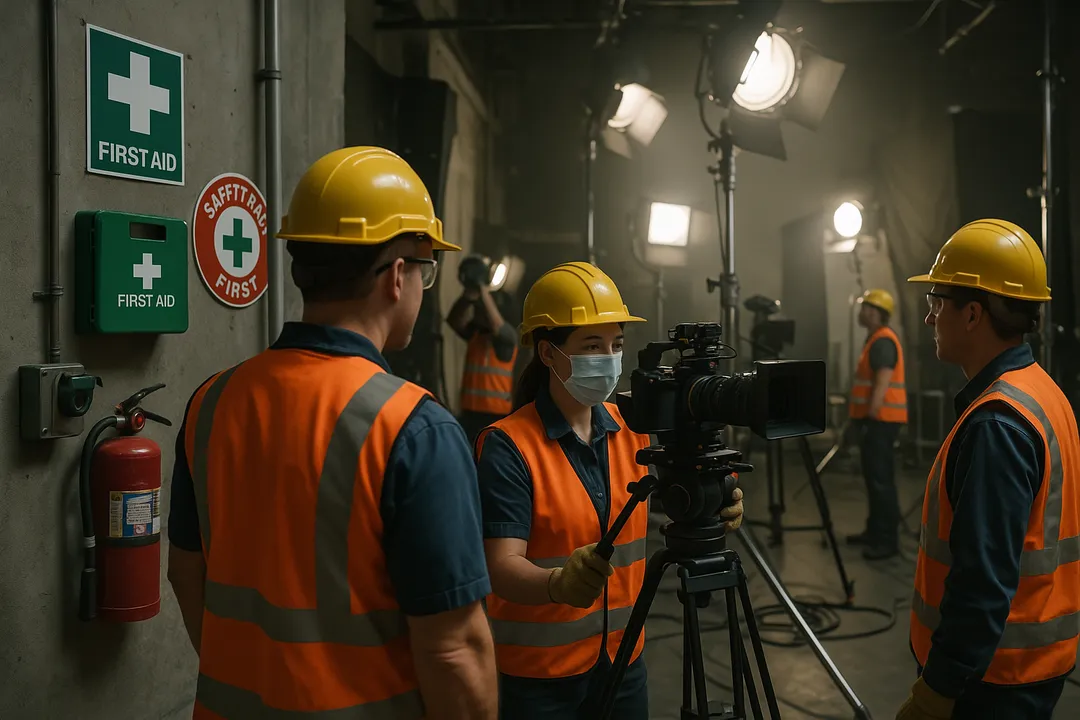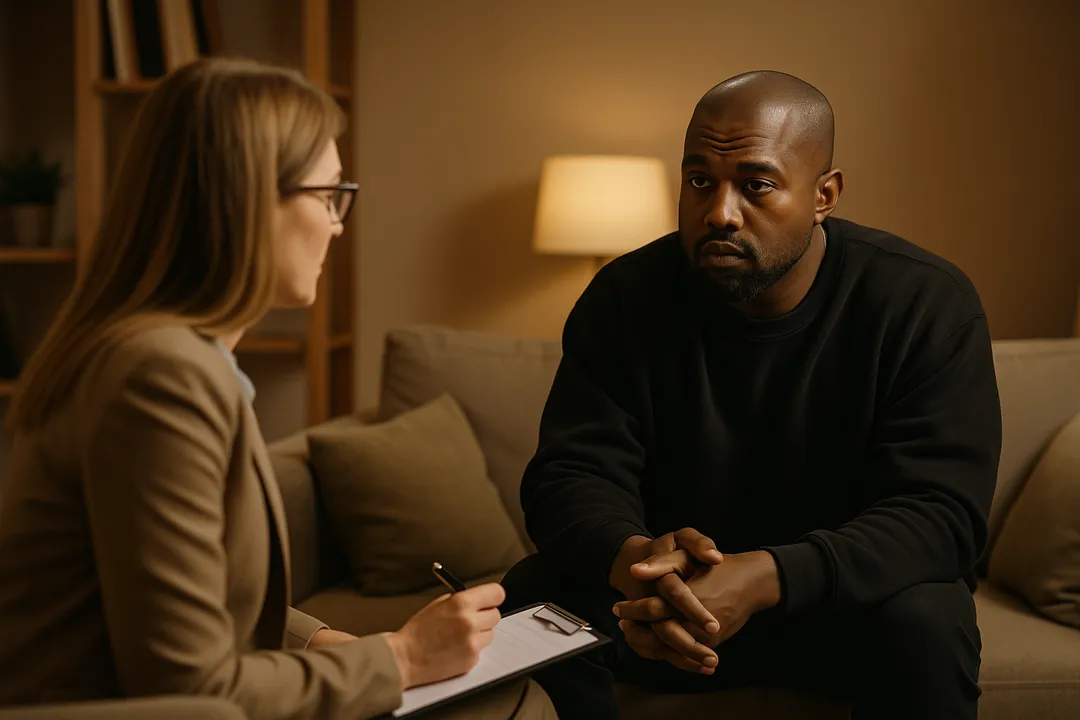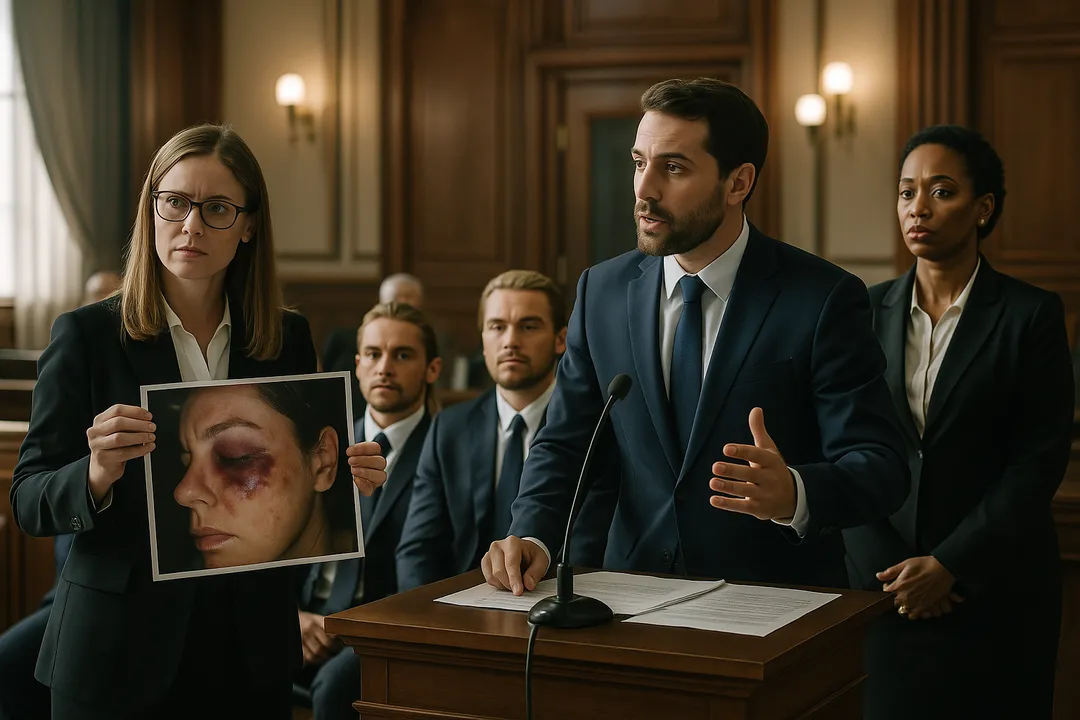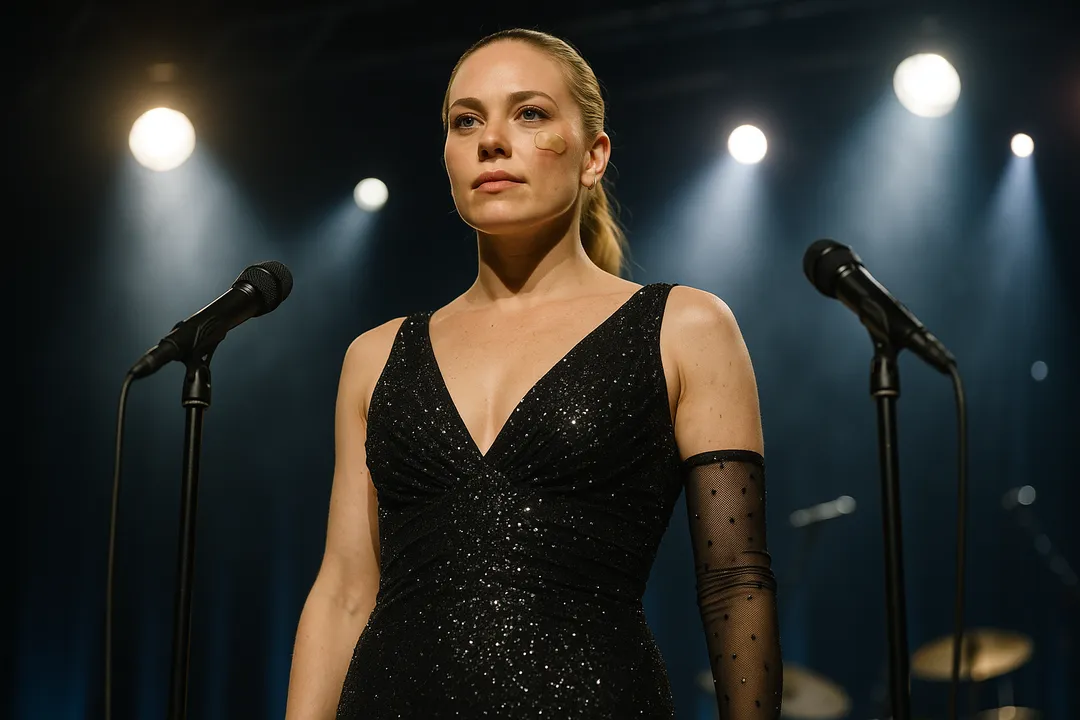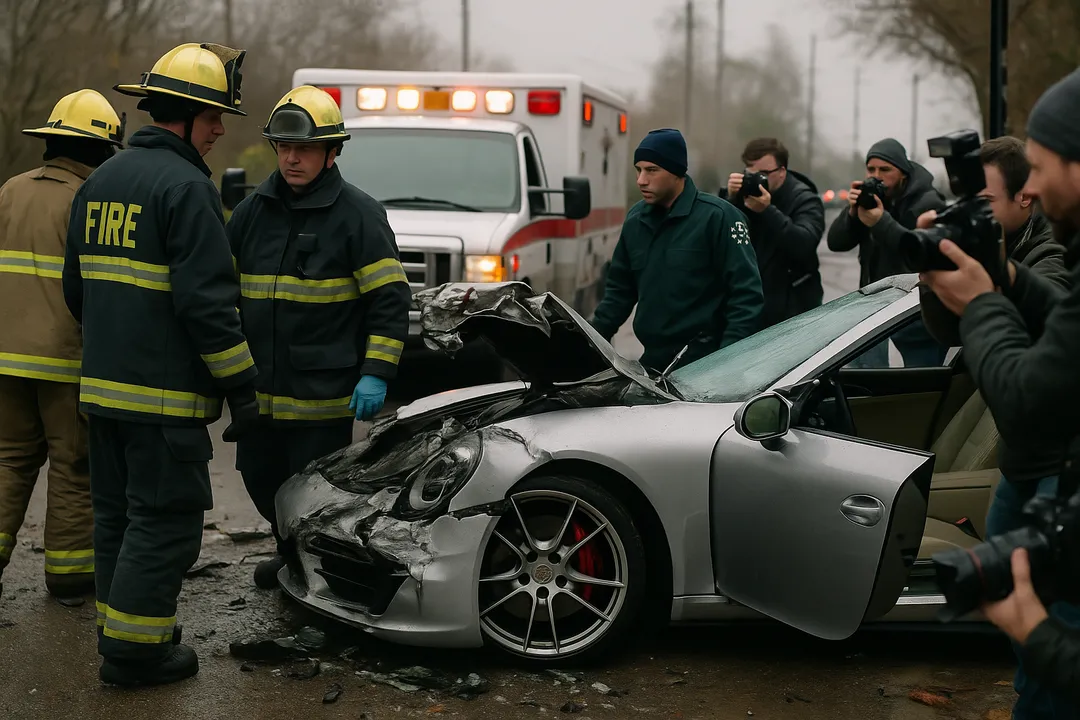Behind every celebrity injury is a maze of insurance policies, payouts, and protection strategies.
When a public figure suffers an injury—whether on a film set, during a live concert, or even at a private event—the question arises: Who pays? While most fans focus on the injury itself, the behind-the-scenes legal and financial machinery often revolves around one key player: insurance.
In high-profile injury cases, insurance isn’t just a backup plan—it’s a central part of risk management, litigation, and recovery. Here’s how it works.
What Types of Insurance Cover Celebrities?
Public figures often have multiple overlapping policies, depending on the type of work they do and where the injury occurs. These may include:
-
General Liability Insurance – Covers injuries that occur on business property or during events
-
Workers’ Compensation – Applies to actors, musicians, and crew members injured while working
-
Disability Insurance – Replaces income when an injury prevents someone from working
-
Production Insurance – Used in film/TV to protect against delays or losses caused by injury
-
Event Cancellation Insurance – Activates if a performance or appearance is called off due to injury
-
Key Person Insurance – Taken out by studios or companies that rely heavily on a single celebrity’s presence
In many cases, multiple policies interact, with insurers negotiating behind the scenes to determine payouts.
Who Files the Claim?
It depends on who was responsible and what’s at stake.
-
If a celebrity is injured on set, the production company or studio often files the claim with their policy.
-
If the injury happens at a concert venue, the event promoter or facility owner may hold liability.
-
In personal injury lawsuits, the defendant’s insurance company usually steps in to settle or defend.
In all cases, the celebrity may still sue, even if insurance is involved—especially if negligence played a role.
Real-World Examples of Insurance at Work
-
On-Set Injuries
When actors are hurt during stunts or accidents, production insurance kicks in to cover medical costs and halt filming. If negligence is found, lawsuits may follow—backed by additional claims against liability insurers. -
Cancelled Tours
Musicians often insure entire tours against illness or injury. If a star injures their voice or limb, event cancellation insurance can cover venue fees, staffing, ticket refunds, and lost revenue. -
Athlete Injuries at Endorsement Events
If an athlete is injured during a promotional appearance, questions of liability often fall on the host company or sponsor’s commercial policy.
How Insurers Evaluate Celebrity Risk
Insurance companies view celebrities as high-risk, high-value assets. Before issuing a policy, they may:
-
Request medical screenings
-
Review contractual obligations and public appearances
-
Assess the physical demands of the role or tour
-
Evaluate media exposure and lifestyle
Premiums for public figures can be exorbitantly high, especially for stunt-heavy roles or intense tour schedules. In some cases, insurers exclude certain injuries from coverage (e.g., if the celebrity engages in risky behavior off-duty).
Why Settlements Often Happen Quietly
In high-profile cases, insurers frequently push for private settlements to avoid media scrutiny. Confidentiality clauses are common, and celebrities may receive large payouts with no public admission of fault.
This serves everyone involved:
-
Celebrities avoid prolonged public attention
-
Companies and studios protect their brand
-
Insurers minimize legal costs and unpredictable jury verdicts
Final Thoughts: Insurance as Silent Support
Insurance rarely makes headlines, but it plays a critical role in nearly every celebrity injury case. From absorbing medical costs to facilitating quiet resolutions, it helps manage the chaos when fame meets misfortune.
At CelebInjuries.com, we spotlight the legal and financial forces shaping these stories—because what happens off camera is often just as revealing as what’s in front of it.






